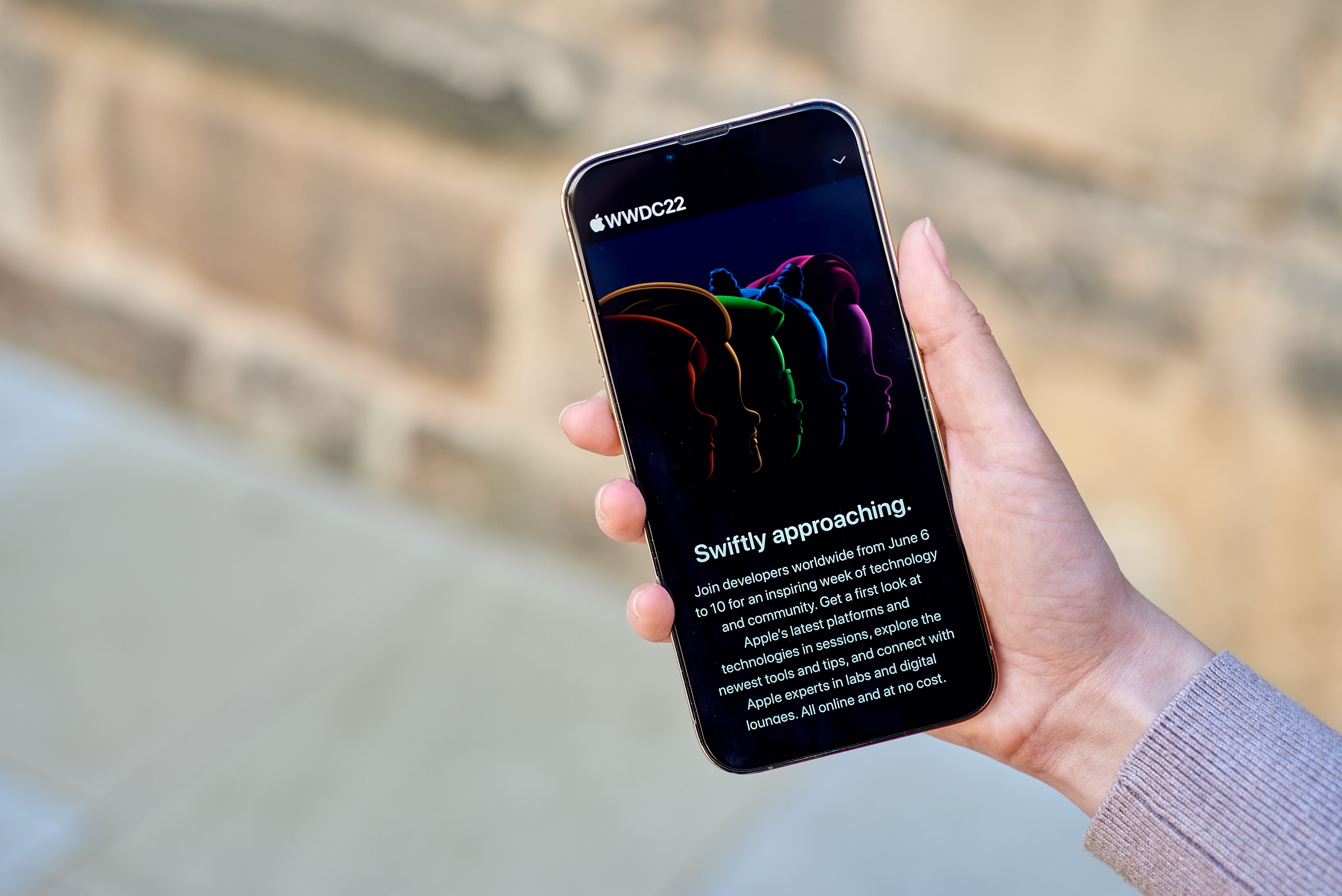To make your Customer Experience Platform (CXP) a lasting success, you need to make sure people keep using your platform. In this blog, we will talk about the importance of engagement and the metrics and tactics you can use to sustainably grow your platform’s usage.
It’s a simple fact: Your platform can only grow if people actually use it.
That, in a nutshell, is the value of engagement.
Like most companies, you’re probably spending time and energy trying to attract new users. But the next step is just as important: retaining them. You can do this by giving your platform a role in the daily lives of your users. A ‘dormant user’ (someone who has an account but never logs in) may look good on your annual report, but won’t do you much good in the long run.
A Customer Experience Platform, such as a User Environment or a hospitality app, makes it easy for your users to use your products and services. But it also keeps your user engaged and provides opportunities for upselling and acquisition of new users through word-of-mouth.
But gravity – where growth suddenly slows down after an exponential phase – doesn’t only occur with acquisition (we have previously written about gravity & acquisition and what you can do about it). We also see this effect in engagement. A new user will configure their account, enthusiastically test all the features, and then start using the app. But over time, engagement usually decreases and with it the ‘Lifetime Value’ (LTV) of a user. It is therefore important to continue to encourage users to interact with your platform.
Engagement Metrics: How often do people need to be seen?
Before you can start optimizing, you need metrics. Time to answer the core question of engagement: how often does a user need to be on your platform for them to be considered ‘engaged’? There are no fixed standards for this. It’s up to you to make a strategic choice.
As a telecom provider, you’ll most likely be satisfied with monthly activity on your platform, because your app is mainly for subscription and cost management. However, if you are going a step further and also supporting users in using, setting up and troubleshooting your service, then you’ll also have higher demands in terms of engagement. For example, a platform focusing on hospitality should show engagement especially just before, during and just after a visit to your location.
The metric you choose is always linked to your strategy. You should know exactly how you want to monetize your platform. This will also tell you which user behavior is most beneficial to you. In the end, most platforms measure either Daily Active Users (DAU - the number of active users per day), or Monthly Active Users (MAU – the number of active users per month). With every new feature or optimization, you check whether your MAU or DAU has increased. This way you can see if your adjustments have been successful.
But not every user is the same, so an average MAU or DAU never tells the whole story.
Cohort analysis: each user type requires its own approach
In order to optimize engagement, you need to distinguish between different types of users. A new user, someone who has been using your platform daily for years and a user who is about to leave show completely different behavior and therefore require different tactics for engagement.
To be able to analyze each user group separately, we use ‘cohort analysis.’ Each cohort, also known as a ‘bucket,’ contains users with similar characteristics. There are several (combinations of) selection criteria that we often use:
- Date of entry: new users vs. existing users.
- Frequency: e.g. daily users vs. casual users.
- Recency: when was the last time someone was on your platform? This format helps you find and target ‘user dropouts.’
- Monetary: classifying users according to their LTV
- Demographics: women vs. men, age cohorts, etc.
An advanced way of setting up buckets is to use an intelligent ‘RFM model,’ which combines recency, frequency and monetary.
Most of the time, new users are the least interesting. After all, it is to be expected that a new user will test all the features. On the other hand, we like to study users who come back most often. What drives them? Which features do they use and how? If we can find out, we can use that knowledge to engage other user groups.
The bucket model isn’t static. User behavior changes and users move from bucket to bucket. By constantly updating your model, or having an algorithm do it for you, you can maintain an up-to-date picture of how people are using your platform.
How do you increase engagement?
If your measurement model is in order, you can start optimizing. This is a three-step process:
- Teach people to use your product. To use an app or site, you must first learn how it works. A user who cannot find their way around your platform will leave. Onboarding is therefore especially important for engagement and should be an integral part of your customer journey. Are you rolling out new features? Then too, you will need to show your user how they work and what their value is.
- Give people an incentive to come back. Creating an account, setting notifications, installing your app, or transferring data: it is crucial to give users a reason to come back early in their journey. For example, by always running customer service through your digital platform, you can be sure that your customer will visit your platform from time to time and also see newly added features.
- Keep refining your product and use case. As mentioned, even the greatest platform will suffer from gravity at some point. Continuous refinement of your product and increasing its usability are therefore key. You can do this based on the usage data you collect for each user cohort.
We put this into practice for the Fleurametz e-commerce platform. For example, we started working with users who entered a search query that did not produce any results. We used a screen recording tool (Hotjar) to see what people did when that happened. Most people entered a second search, but many users also tried to find what they were looking for by clicking on a category. Based on that data, we adjusted the algorithm to show products that might be relevant to that initial search, in combination with the chosen category.
This not only increased the engagement on the platform, but also the final conversion.
Final tip: integrate with other platforms
While you’re most likely busy optimizing your own platform, what you probably want in the long term is to give yourself a place in your users’ daily lives. You can do this by integrating with other platforms. Push notifications, sharing, ‘finding friends’ in Outlook or Facebook: the possibilities are endless. But above all, let the data tell you what your users want!
Would you like to learn more tips and tricks? Download our white paper: "How to keep you CX Platform relevant."






